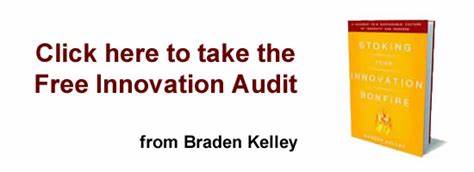
Guest Post from Janet Sernack
In our first blog in this series of three blogs, we reinforced and validated the importance and role of collaboration. We then described the range of emerging new, inspirational, and adaptive models that lean into complexity and catalyze and embed sustainable innovative workplace culture change. Where some organizations, like Alibaba, Disney, Google, Salesforce, and GE, developed their future fitness by courageously investing in catalyzing, igniting, and leading change through innovation teams.
Innovation teams are teams that don’t innovate!
Conventional team collaboration performance and development approaches are still relevant and foundational to long-term organizational success. And, a new range of organizational needs are emerging in our fast-changing and disruptive world, that complement conventional team development processes including the importance of:
- Providing a unified and holistic and systemic “collective mind” focussed on adding value to customers,
- Being agile, focused, and in charge to make faster decisions,
- Sharing resources and insights to reduce costs,
- Working interdependencies to improve efficiencies and productivity,
- Shifting focus from being competitive towards co-creating ecosystems to solve bigger, more complex problems, to lead, embed, and sustain value-adding change in a disruptive world.
According to the authors of Eat, Sleep Innovate, an innovation team is formed to develop “something different that creates value” and do this best in a culture where such behaviors come naturally.
These behaviors include:
- Curiosity
- Customer obsession
- Adeptness to ambiguity
- Collaboration
- Empowerment
- Accountability
Purpose of innovation teams
The purpose of an innovation team is to create an environment that unlocks an organization’s collective intelligence (capacity, competence, and confidence) and builds the capability to change as fast as change itself.
Usually, through providing mentorship, coaching, and learning process in ways that align, engage, enable, equip and leverage peoples’ collective intelligence to:
- Adapt to higher levels of ambiguity and uncertainty,
- Challenge the status quo and help break a conventional business as usual habits, leadership styles, and comfortable ways of working,
- Provoke future “fast forward” (horizon three) thinking,
- Support the implementation of digital and organizational transformational efforts,
- Collectively and collaboratively drive innovation across organizations pragmatically and make it a reality,
- Leverage synergies across ecosystems to solve complex problems and deliver increased value to customers.
Ultimately, to provoke and evoke future “fast forward” creative discoveries and experiment with new platforms and possible future business models to help guide future renewal and reinventions.
Delivering these, as smart and multi-disciplinary teams in ways that are timely, agile, and disciplined that potentially support and bring significant value to customers, the market, and to the organization.
Unconventional stretch collaboration requires connection, cognitive dissonance, and conflict
Experimenting with, iterating, and adapting new collaborative models, enables organizations and their leaders, to shift their focus – from being defensively competitive towards being creatively constructive.
Where the goal is to create a high performing, connected, and networked workplace culture where people:
- Have the time and space to deeply connect, collaborate, and co-create value,
- Maximize differences and diversity of thought,
- Generate the urgency and creative energy to innovate,
- Feel safe and have permission to freely share ideas, wisdom, knowledge, information, resources, and perspectives.
Innovation teams create discord and generate conflict
At ImagineNation™ we have found that the best way for innovation teams to perform is through building safety and trust, whilst simultaneously being safely provocative and evocative in creating discord and conflict to disrupt peoples conventional thought processes, behaviors, and habits.
To engage people in maximizing differences and diversity to generate creative ideas, and experiment with inventive prototypes, that ultimately solve big and complex problems and deliver commercially astute, innovative solutions.
By connecting, networking, and focussing on co-creation and emphasizing collaboration, inclusion, and mutual accountability, and not on being competitive.
Dealing with the organizational blockers – Innovation teams
At ImagineNation™ our experience has enabled us to understand and reduce the range of key common blockers to transformational and innovation-led change initiatives.
Where we support clients identify, and resolve and remove them by enabling and equipping innovation teams to:
- Develop agile and innovation mindsets: building capability in safely exposing and disrupting rigid mindsets through customized mindset shifting, behavioral-based, skills development programs.
- Understand the impact of the organization’s collective mindset: supporting teams to develop an empathic understanding of one another, then shifting how they feel and think to act differently, and cultivate the discomfort resilience when facing the challenges and failures in the innovation rollercoaster ride.
- Enable leadership development: through educating, mentoring, and coaching leaders to grow their adaptive, collaborative, engaging, and innovative team leadership and membership capabilities.
- Foster the development of an adaptive and innovative culture: by applying the cultural assessment and diagnostic processes that result in pragmatic culture change initiatives.
- Ensure strategic alignment: sensing, perceiving, and developing a mutual focus, common language and understanding, and a collaborative networked way of working, that bridges the gap between the current and desired states.
Setting up an innovation team – the critical success factors
At ImagineNation™ we have also helped our clients identify, and embed the critical success factors, that enable innovation teams to drive and embed innovation-led change and transformational initiatives by ensuring:
- Alignment to the mission, vision, purpose, values.
- Strategic allocation of resources.
- Leadership team sponsorship and mentorship.
- Investment in team members and leader’s capability development.
- Thinking big and focussing on clarifying and delivering future “fast forward” far-reaching solutions to highly impactful challenges.
- Organization engagement and enrolment in implementing changes and creating, inventing, and delivering innovative solutions.
- Lines of sight to stakeholders, eco-system players, and customers, taking an empathic value-adding perspective at all times.
Innovation teams – an unfreezing opportunity to co-create future-fit organizations
Embracing this type of collaborative approach creates an unprecedented opportunity for organizations, who have been upended as a result of the Covid-19 crisis, to develop a sense of urgency toward unfreezing and eliminating their corporate antibodies.
Empathizing with the range of challenges leaders are facing right now, where many are slowly waking up to a post-covid world, where there is an unprecedented and urgent opportunity to co-create a “new normal” that is well-designed to lift any of the emotional barriers to teamwork, locked-down relationships and online fatigue.
Opening the door to a new kind of co-creative, collaborative and cohesive team spirit that allows and encourages people to re-imagine, re-learn, reinvent and co-create new, fresh future fit, adaptive and innovative, people and customer-centric systems, structures, business models, and ecosystems.
All of which are mandatory for delivering future “fast forward” strategies for applying the collaborative and collective intelligence required for increasing value in innovative ways that people and customers appreciate and cherish, in ways we have not previously imagined, that connect with and contribute to, the good of the whole.
Find out about our learning products and tools, including The Coach for Innovators Certified Program, a collaborative, intimate, and deep personalized innovation coaching and learning program, supported by a global group of peers over 8-weeks, starting Tuesday, October 19, 2021.
It is a blended and transformational change and learning program that will give you a deep understanding of the language, principles, and applications of a human-centred approach and emergent structure (Theory U) to innovation, within your unique context. Find out more
![]() Sign up here to get Human-Centered Change & Innovation Weekly delivered to your inbox every week.
Sign up here to get Human-Centered Change & Innovation Weekly delivered to your inbox every week.




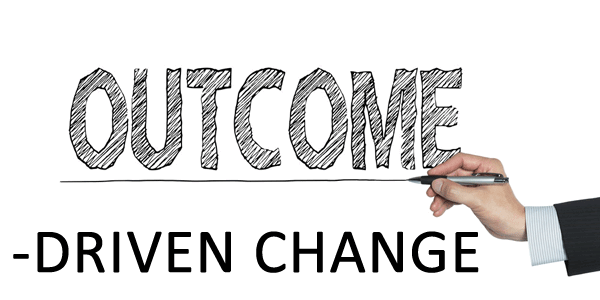
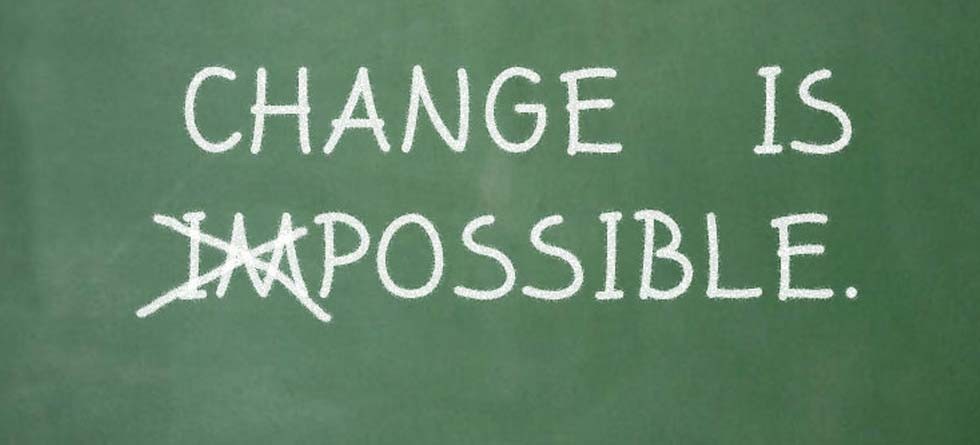
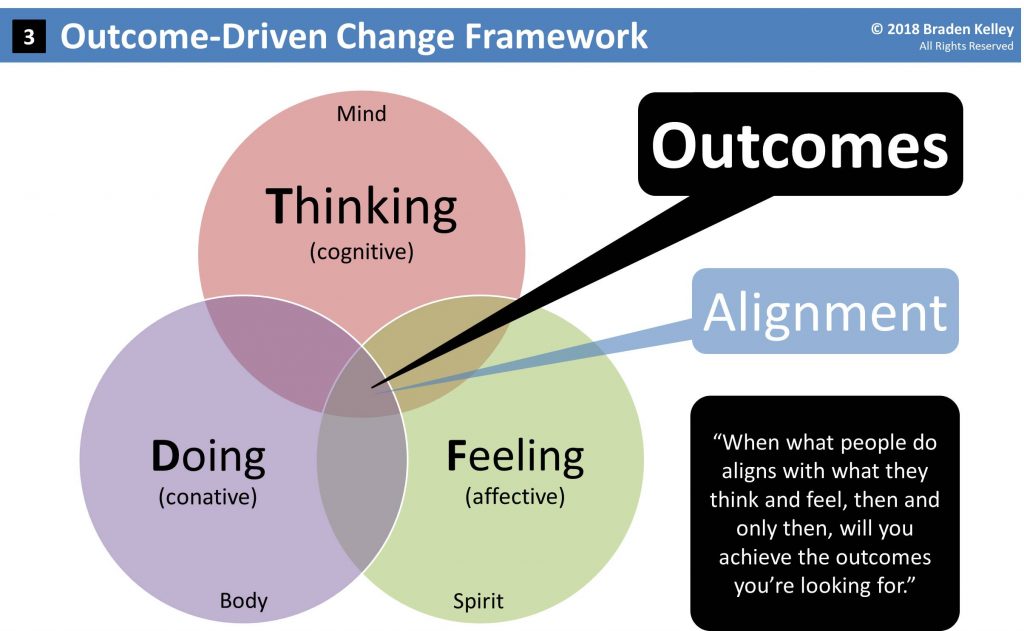
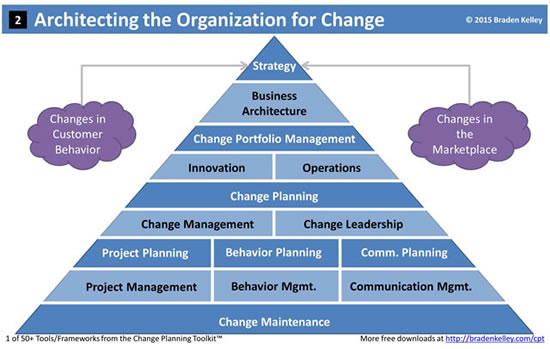
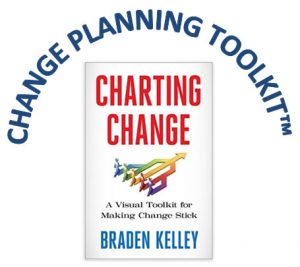
 What if you could empower every citizen with tools that will help your city, state or country innovate and change faster than the competition for a penny a person?
What if you could empower every citizen with tools that will help your city, state or country innovate and change faster than the competition for a penny a person?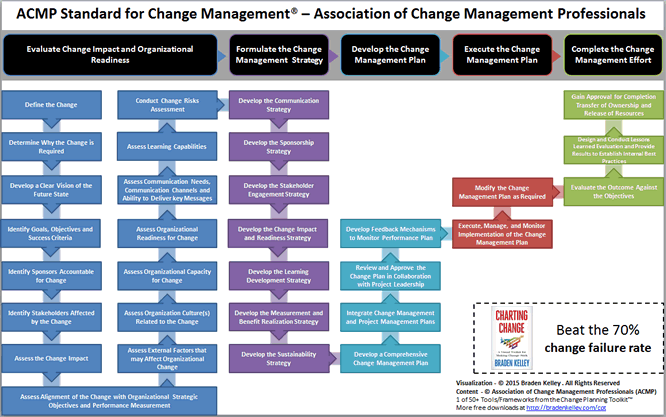
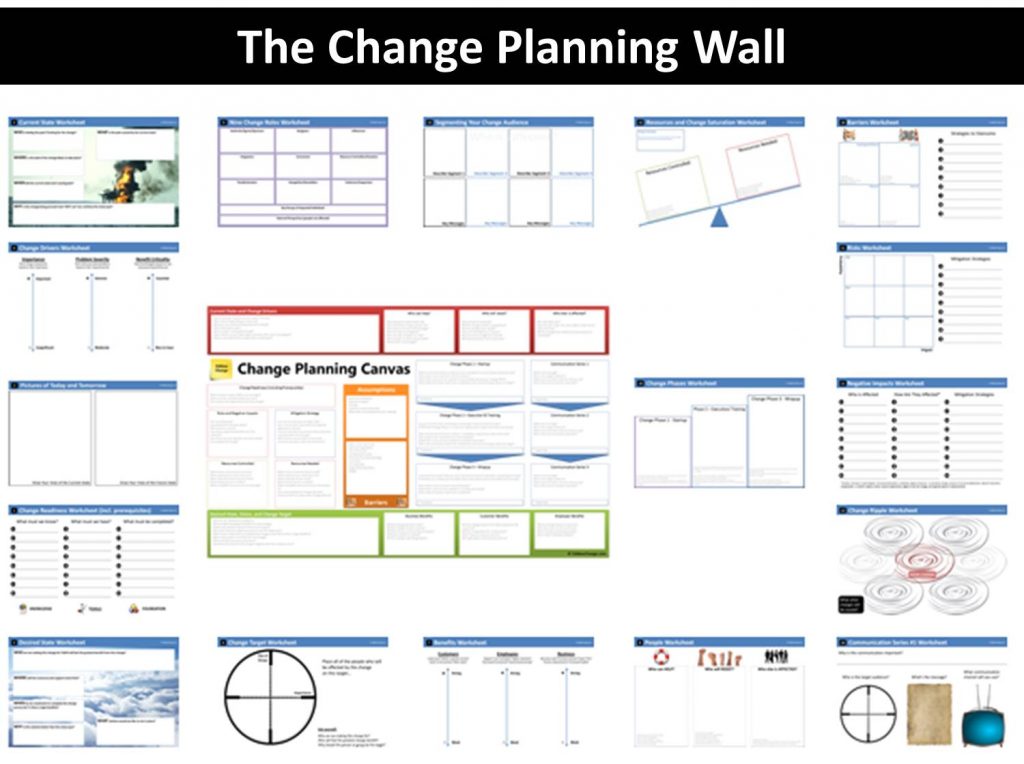
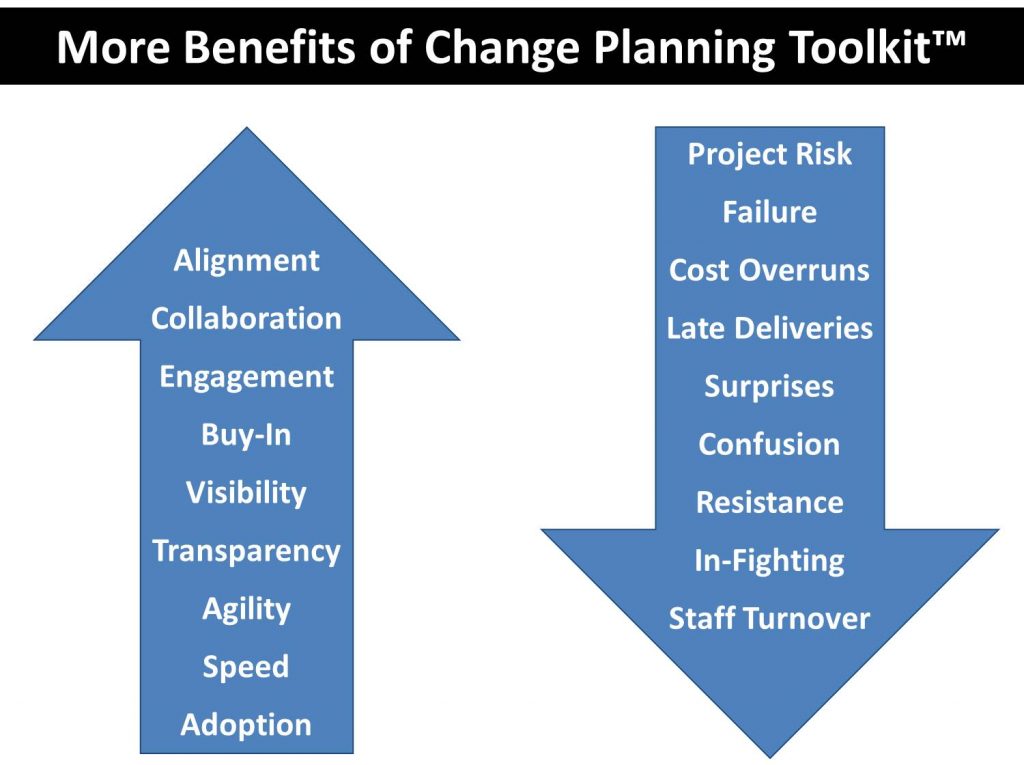
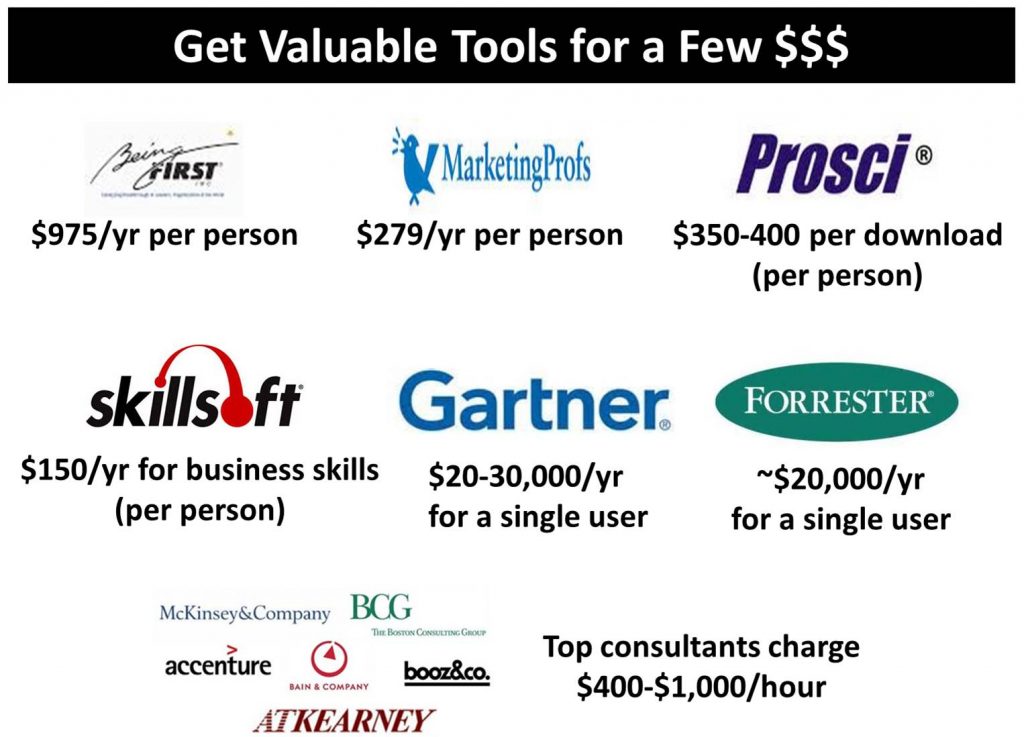
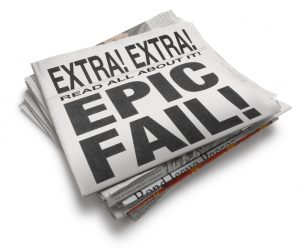 One scary statistic is that 70% of change initiatives fail. An overwhelming proportion of new product launches fail. Most new businesses fail.
One scary statistic is that 70% of change initiatives fail. An overwhelming proportion of new product launches fail. Most new businesses fail.
